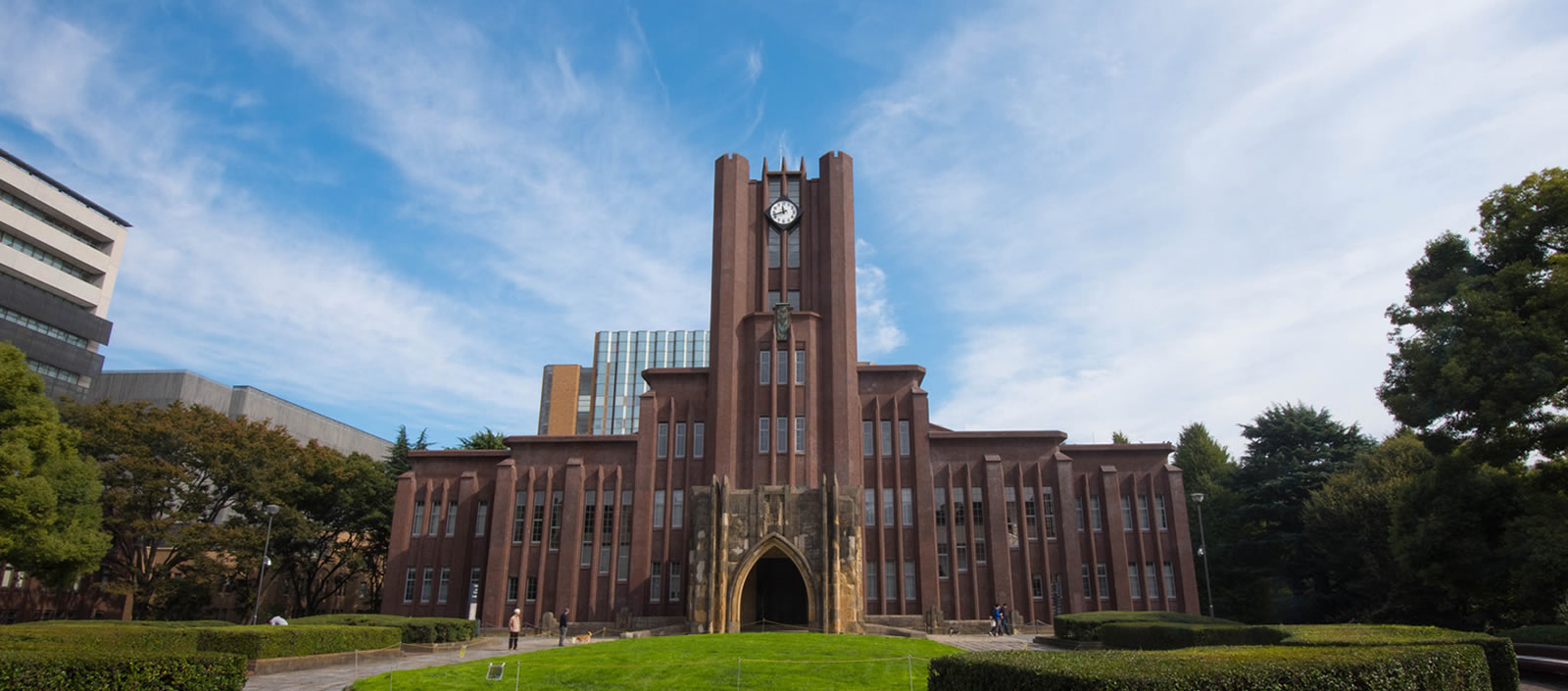| k.seki@eps.s.u-tokyo.ac.jp | |
| TEL | +81-3-5841-4577 | 24577(ext.) |
| Room | 833, Faculty of Science Bldg.1, 8F |
| Links |
Research Field
Space Physics
Research Subject
Solar-planetary environment, Planetary magnetosphere and ionosphere, Aurora, Elementary processes in space plasma, Geospace environment and space weather
Current Research
What kind of the world is the outer space, which is one of the frontiers of humans? What is the relationship between aurora and geospace environment? With expansion of our exploration to planets, what kind of new insights we can obtain about universality and diversity of solar-planetary environment and its habitability? Our laboratory pursues understanding of these problems in the Space Physics. If one move up to the altitude of 100 km and above from the surface of the Earth, atmosphere is ionized due to solar radiation, and the outer space surrounding us is a world of the dynamic plasma, where high-energy particles flying around and interaction between electric/magnetic field variations and plasma particles facilitates various space weather phenomena. The space physics has developed rapidly after the dawn of the space age. In our laboratory, we promote combination of in-situ plasma observations by spacecraft and numerical simulations, and our primary focus lies on understanding of universal space plasma processes, space weather phenomena such as aurora and radiation belt variation, and atmospheric escape mechanisms as well as its effects on habitable environment of terrestrial planets. For this purpose, we have participated in various space missions that include geospace exploration ERG of JAXA, Mercury exploration BepiColombo of JAXA and ESA, Mars exploration MAVEN of NASA, and space plasma mission MMS of NASA.
Keywords
Space plasma, Habitable planet, Atmospheric escape, Aurora, Radiation belts, Geospace storm, Numerical simulation, Mars, Mercury, Planetary exploration, Geospace


